Egypt
What is it that fascinates us about Ancient Egypt? We have such a range of surviving artefacts, art and documents that provide a unique window into life and death so long ago. Howard Carter finding Tutankhamun’s tomb almost intact and so well preserved is one of the most exciting finds of the 20th century. In this section you will find podcasts, articles and resources to develop your knowledge of this ancient civilisation.
Sort by:
Date (Newest first) | Title A-Z
Show:
All |
Articles |
Podcasts |
Multipage Articles
-

A creative Egyptian project
ArticleClick to view -
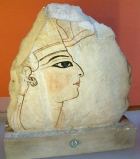
Ancient Egypt
ArticleClick to view -

Ankhu and Nebu of Deir el Medina
ArticleClick to view -
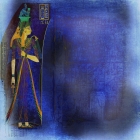
Beliefs in Ancient Egypt: Scheme of Work
ArticleClick to view -
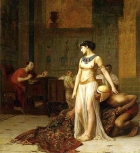
Cleopatra Podcast
ArticleClick to view -
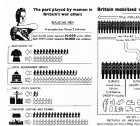
Diagrams in History
ArticleClick to view -
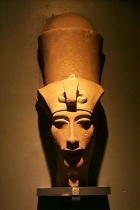
Drama: Ancient Egypt - Akhenaten
ArticleClick to view -

Egyptians, Embalming and Experiences
ArticleClick to view -

Fun with hieroglyphs
ArticleClick to view -

How museum collections make ancient Egypt, and the people who lived there, real
ArticleClick to view -
KS2 Egyptian Story & Lesson Resource
ArticleClick to view -

Making links: Myths, legends and problem-solving with the Greeks
ArticleClick to view -

Making use of outstanding resources in museums
ArticleClick to view -

One of my favourite history places: Luxor, Egypt
ArticleClick to view -

Putting the Story back into History
ArticleClick to view -

Pyramid building
ArticleClick to view -
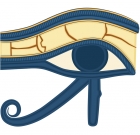
Religion and Beliefs in Ancient Egypt: Lesson Plans
ArticleClick to view -

Scheme of Work: Comparing Ancient Civilisations
ArticleClick to view -
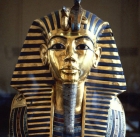
Scheme of Work: How did the civilisation of Egypt wax and wane?
ArticleClick to view -

Significant anniversaries: the discovery of Tutankhamun’s tomb
ArticleClick to view

